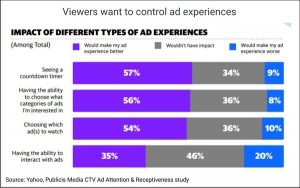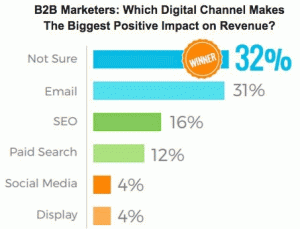While 3D experiences can get a customer closer to a sale, marketers can also glean valuable insights from customers about those interactions.
“Spatial computing is now possible,” said Ashley Crowder, co-founder and CEO of 3D content management system VNTANA. “We don’t need to interact in 2D and that opens up a whole world of new possibilities. You need a 3D version of your product, and you need it on your website where it increases cart size and reduces returns.”
In recent weeks, marketers have heard a lot of buzz about 3D-rendered experiences, most notably driven by the change of Facebook’s parent company’s name to Meta Platforms, Inc. Now businesses are trying to calculate what this means for their strategy, if the idea of a future “metaverse” catches on, and users interact socially, or potentially shop, in a VR constructed space.
For years, companies like VNTANA have been developing ways for brands and retailers to deliver 3D experiences to customers, and this shift is not entirely dependent on the hopes and dreams of Mark Zuckerberg. Instead, marketers should assess where customer needs are right now, and where their attention will likely evolve.
3D experience. During the pandemic, virtual shopping soared to new levels. This made digital experience more competitive, and raised consumers’ expectations. Although Crowder pointed out that an Oculus VR headset is affordable, about a third the cost of a standard smartphone, the 3D experience doesn’t just exist in VR. It’s everywhere online.
“Just seeing the 3D version of a product online, where you can see every single angle in true 3D, increased average cart value for our client Diesel,” said Crowder.
Matt Gorniak, CEO of 3D visual commerce platform Threekit, calls this new, closer digital interaction between customers and the products they buy online “visual commerce.” It’s a paradigm shift in retail, where shoppers increasingly buy products online that they might have only previously researched online and bought in-store.
The catch is that the experience has to be first-rate. “If you’re selling consumer products, the expectations now are that it will happen digitally and you’ll be able to experience the product,” Gorniak explained. “That’s now a fact. When you’re browsing through that commerce experience, it means buying the products. The next frontier is seeing the products themselves that you’re buying, not just seeing an image of the product.”
Platform agnostic. Even though 3D product imaging would be required for a fully immersive VR environment, 3D already lives in web and mobile e-commerce, as well as augmented and mixed reality use cases. For instance, virtual try-on for a pair of glasses requires the product for sale to be seen from different angles in 3D, when merged with the image of the customer’s face.
Marketers aren’t waiting for some official metaverse to take shape in order to present their products in a virtual environment. There are a number of places already where customers are looking for and experience 3D versions of products.
“Businesses have to embrace digital as the way to present your product, just like 15 years ago, starting a website was the first step a business had to take,” said Gorniak.
Scaling 3D. For the VNTANA CMS, businesses can import a 3D product design, and the system makes it easier to show 3D versions of the product on social, AR and VR platforms. In this way, what customers experience online is accurate and based on the design of the product.
This is also important for Threekit, where Gorniak sees 3D shopping and product development as an important link for visual commerce. Because of all the permutations of even a simple product like clothing, or basic furniture, the 3D experience has to be scalable and automated.
Not only end customers can benefit, but also professional (B2B) buyers for retailers can get more information by probing a 3D model.
“For the most part, on 99 percent of consumer sites, there are millions of products and parts, and only a fraction of that is visible to you,” said Gorniak. “B2B buyers say come see us. No, I don’t want to see you. I want to see if you have what I want. If I can see it in 3D, I’ll buy it quickly. And then I won’t return it. As a result, ROI is off the charts.”
Why we care. Sure, 3D experiences can get a customer closer to a sale. But also, as an improvement to experience, 3D can draw valuable insights from customers about the features or attributes of a product that they like, or would like to see. Consumers can customize a jacket with their preferred pattern or color, or they can design a car with the features they want.
Tying these 3D experiences back to production and manufacturing is crucial so that businesses can actually deliver what customers see on the screen, or in their headset. Both VNTANA and Threekit emphasize this connection in their platforms.
The post How marketers can upgrade their 3D digital experiences appeared first on MarTech.
MarTech(42)
Report Post






